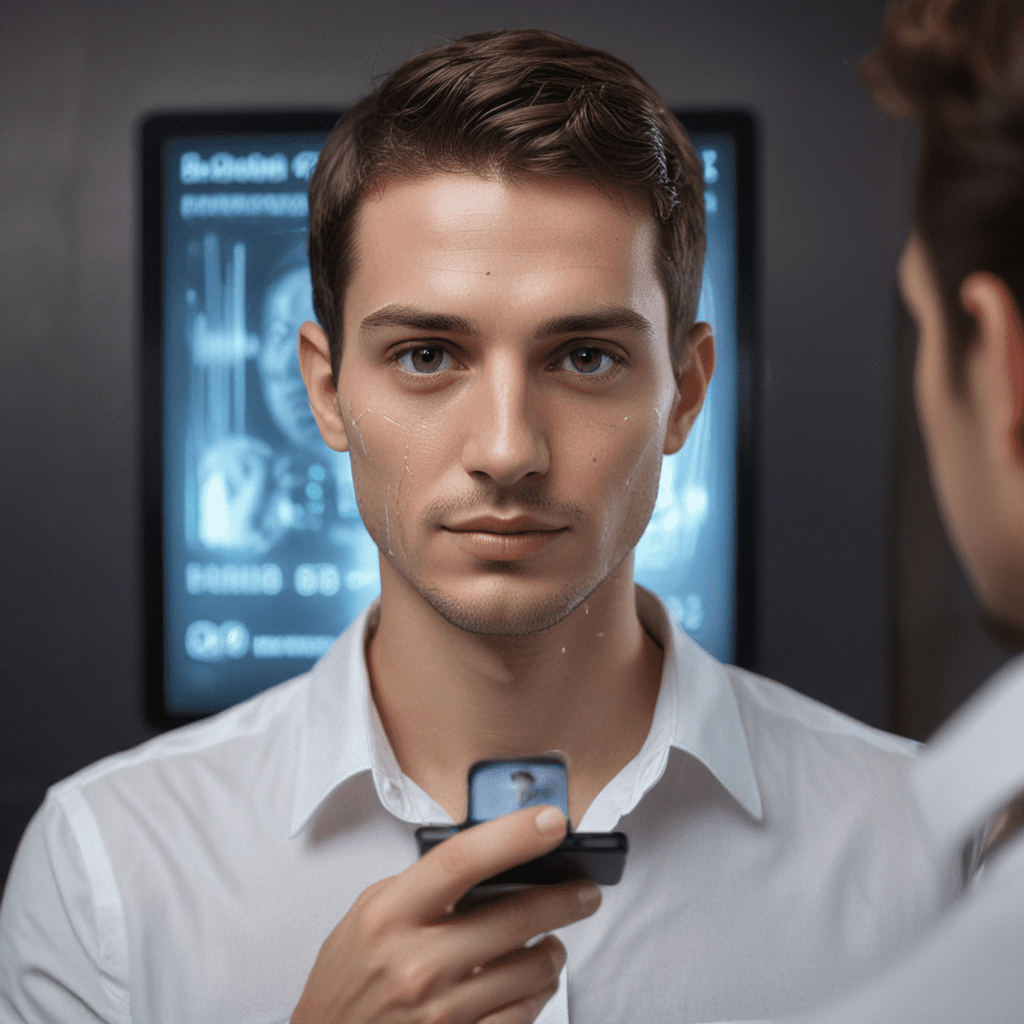
Facial Recognition Technology: A Step Towards Touchless Transactions
I. Introduction
In an era defined by digitization and automation, facial recognition technology is emerging as a transformative force, revolutionizing the way we interact with the world around us. Facial recognition systems leverage sophisticated algorithms to analyze unique facial features, enabling a range of applications, including touchless transactions. With its inherent benefits of enhanced security, reduced transaction time, and improved customer experience, facial recognition is poised to shape the future of commerce.
II. Benefits of Facial Recognition for Touchless Transactions
The adoption of facial recognition technology for touchless transactions offers several key advantages. Firstly, it significantly enhances security measures by eliminating the risk of fraudulent transactions that can occur through traditional contactless payment methods. Facial recognition systems provide robust identity verification, ensuring that only authorized individuals can access financial accounts and make transactions.
Secondly, facial recognition technology drastically reduces transaction time compared to conventional pin-based or signature-based methods. The seamless and intuitive process of facial recognition eliminates the need for manual entry or physical verification, allowing for swift and efficient transactions. This time-saving aspect greatly enhances the overall customer experience.
Finally, facial recognition systems offer a superior customer experience by providing a convenient and personalized touchless interface. By eliminating the need for physical contact or additional authentication steps, facial recognition creates a frictionless and user-friendly experience for customers. This ease of use fosters customer satisfaction and encourages repeated transactions.
VI. Future Advancements and Innovations
Constant advancements in facial recognition technology promise even greater capabilities in the future. Enhanced facial recognition algorithms, utilizing deep learning and artificial intelligence, will improve accuracy and reduce false positives. Integration with other biometric technologies, such as voice recognition or iris scanning, will further enhance security and provide a more comprehensive approach to identity verification. As facial recognition becomes more widely adopted, its societal impact will be profound, shaping the way we interact with technology and each other.
VII. Role of Facial Recognition in Smart Cities
Facial recognition technology has a pivotal role to play in the development of smart cities. By streamlining urban infrastructure, it can enable efficient access control, automated parking systems, and personalized public transportation experiences. Facial recognition can enhance citizen engagement through personalized services, targeted advertising, and improved communication between residents and city officials. Additionally, it can contribute to public safety and surveillance, aiding law enforcement and emergency response efforts.
VIII. Challenges and Limitations of Facial Recognition
While facial recognition technology offers numerous benefits, it also faces certain challenges and limitations. Technical inaccuracies can lead to false positives, misidentifications, or privacy concerns. The cost and infrastructure requirements for implementing facial recognition systems can be significant, particularly for large-scale deployments. Public acceptance and trust is crucial for the widespread adoption of facial recognition, and addressing privacy and ethical concerns is paramount.
IX. Best Practices for Implementing Facial Recognition Systems
Responsible implementation of facial recognition systems requires adherence to best practices that prioritize transparency, security, and ethics. Transparent and ethical data handling involves obtaining informed consent from users, providing clear explanations of data usage, and ensuring compliance with privacy regulations. Strong security measures, including encryption and data protection protocols, are essential to safeguard biometric data from unauthorized access or breaches. Informed consent and user education empower individuals to understand the implications of facial recognition and make informed decisions.
X. Conclusion
Facial recognition technology holds immense promise for revolutionizing touchless transactions and beyond. Its benefits in terms of enhanced security, reduced transaction time, and improved customer experience make it an invaluable tool for businesses and consumers alike. While challenges exist, continuous advancements and best practices will mitigate concerns and foster responsible adoption. As facial recognition becomes more pervasive, its impact on industries, smart cities, and society as a whole will be significant. The ethical and responsible implementation of this technology is crucial to ensure a future where touchless transactions and other applications empower individuals and enhance the human experience.
Frequently Asked Questions
Q: Is facial recognition technology accurate?
A: Facial recognition systems are highly accurate, with advanced algorithms continuously improving their performance. However, technical inaccuracies can occur, leading to false positives or misidentifications.
Q: Is facial recognition technology secure?
A: When implemented with robust security measures, facial recognition systems are secure. Encryption, data protection protocols, and adherence to privacy regulations ensure the safeguarding of biometric data from unauthorized access or breaches.
Q: Can facial recognition technology be used for surveillance?
A: Facial recognition technology can be used for surveillance purposes, but its ethical and responsible implementation is crucial. Clear regulations and guidelines are necessary to prevent misuse and protect individual privacy.
Q: How can I protect my privacy when using facial recognition technology?
A: Informed consent and user education are key to protecting privacy. Understand the data usage policies, provide consent only when necessary, and be aware of the potential implications of using facial recognition systems.

